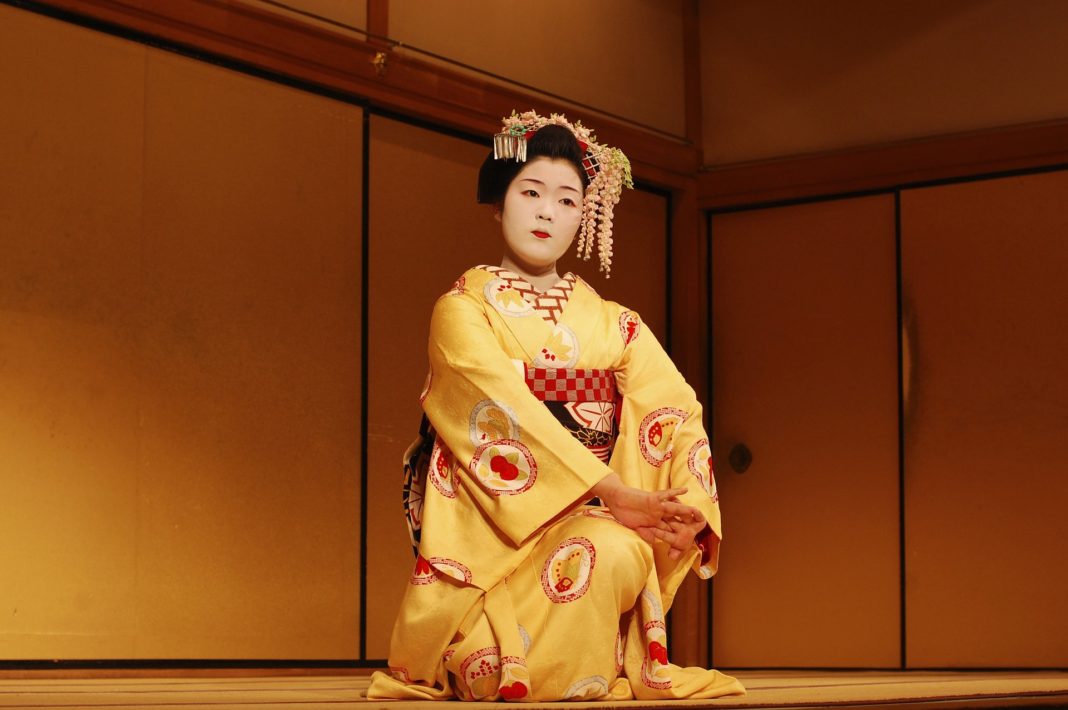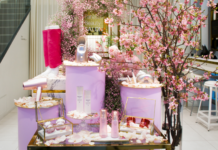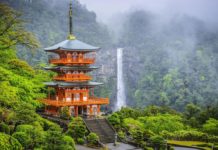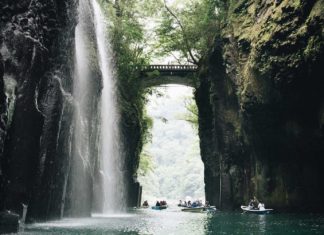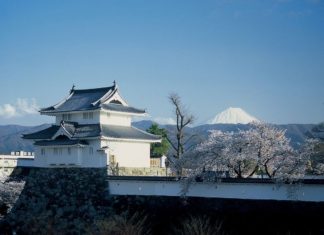From the Old to the New
For the fans of cutting-edge pop-culture to the spectator of old-time traditional theater, Japan’s entertainment industry caters to all.
1. Japan’s Theatrical Gems
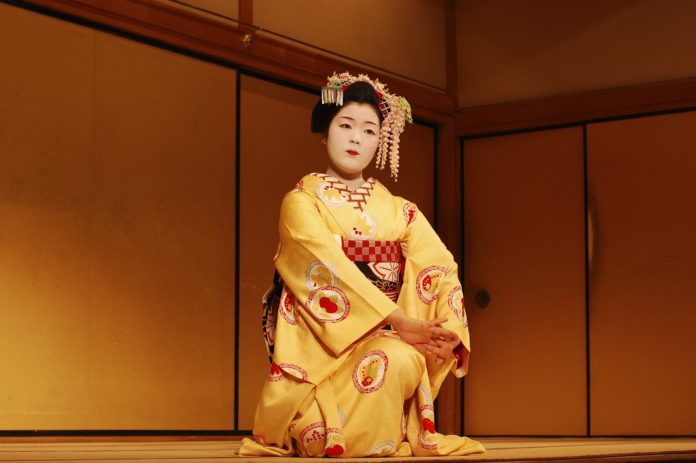
Perhaps the icon of traditional Japanese entertainment would be Kabuki and Noh. Though often mistaken for each other, there are distinct differences between these two beautifully preserved art forms. While both are performed almost exclusively by men, Noh originated much earlier and was proclaimed a Heritage of Humanity by UNESCO in 2001. It utilizes masks for most of the leading roles. Some of these masks are crafted in a way which allows the performer to tweak the expression of the mask by simply tilting his head upwards or downwards!
Kabuki, on the other hand involves loud vocals compared to Noh which is generally somber, sophisticated and more revolved around dance and music. Kabuki can be very lengthy, up to 6 hours, whereas Noh is performed in half that time. It is commonly described as bizarre and avant-garde due to the elaborate make-up and “coarse” theatrics. Thus, Kabuki was initially performed for the townspeople as it did not match well with the elegant subtlety of Noh which was exclusively for Samurai and Japanese nobility.
2. Bigger than Big Wrestling
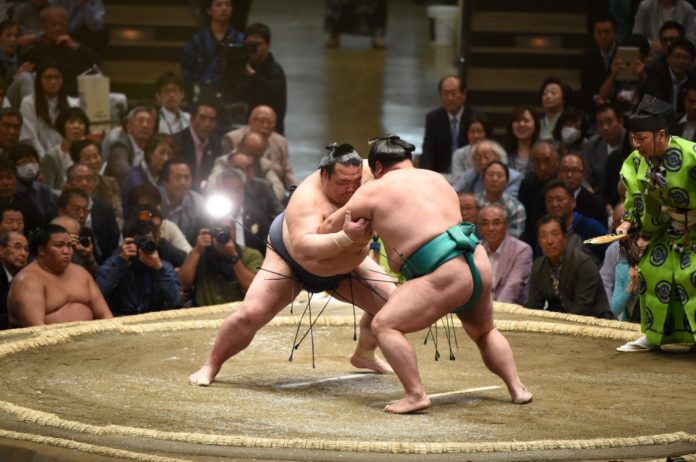
This infamous martial art as we know today dates back 1,500 years or more. During that time, Sumo tournaments were held in Imperial Court Ceremonies as well as part of agricultural rituals. While it may be the National Sport of Japan, Sumo wrestlers or Rishiki are more than athletes. As professional Rishiki, they are committed to the lifestyle and required to live in sumo stables called heya where they eat, sleep and train together. With a strict pyramidal hierarchy based on tournament winnings, those of the lower ranks are commonly assigned chores like cooking for their seniors.
With six major tournaments happening each year, each lasting two weeks, make sure you plan your trip within these dates if you’re planning on catching a firsthand glimpse of the sport in its native country. After the match, make sure you head over to one of the many Sumo restaurants specializing in Chanko Nabe, a hearty stew which makes up the majority of the Rishiki’s diet.
3. The People’s Game
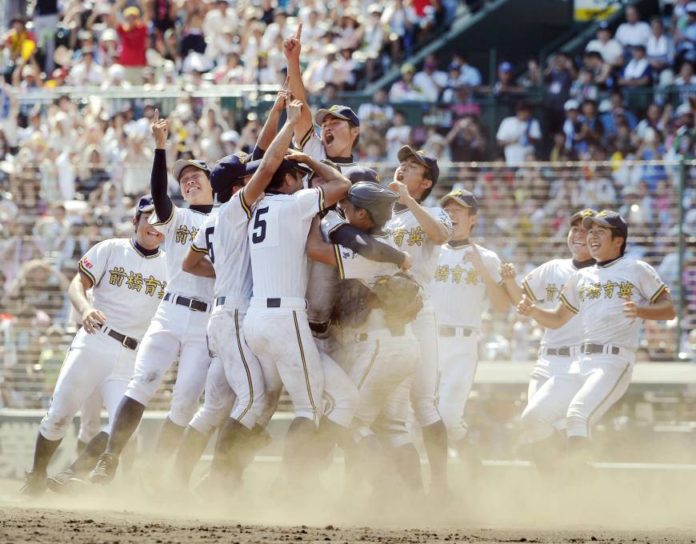
While often pictured in American youth films, baseball is also a HUGELY popular professional sport in Japan, followed by Sumo Wrestling. Japan’s Pro League is known as Nippon Professional Baseball or NPB. Locals also call it Puro Yakyu which means professional baseball. Even though most of its playing rules are similar to that of the US, the assimilation of the sport into Japanese culture has birthed customs and habits unique to the nation.
If you have not experienced the atmosphere at a Japanese ballgame for yourself, make it a priority on your list! Even if you are not a big baseball fan, the ardent organized chants of the crowd to the beer girls running up and down the stadium pouring draft beer from kegs strapped to their backs will make for a memorable experience.
4. Idol Group of the Times
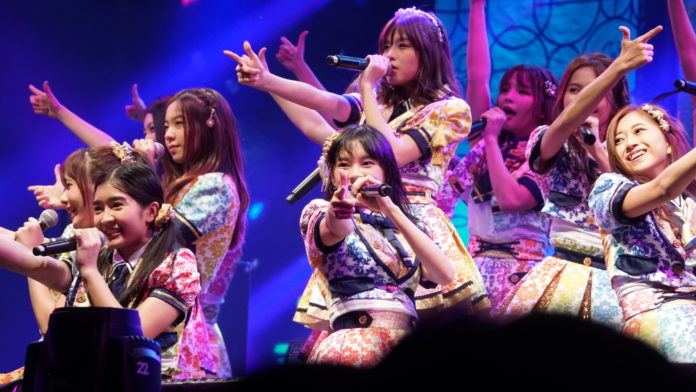
AKB48 is not your average girl group. You do not have to keep up with their tour dates nor travel long distances just to watch them live. Due to the incredibly high demand, tickets are actually sold through a lottery! This girl group of over 100 members (divided into several teams) have their own theatre in Akihabara, the primary district of electronics and pop-culture. The chief producer, Yasushi Akimoto, founded AKB48 with the vision to create an idol group which performs almost daily at their own theatre, as opposed to most Japanese pop groups which rent stadiums or gets seen on live TV.
This unique concept has even expanded to sister groups in Asian countries such as Indonesia, Taiwan and China! With a whole culture created around them spanning “generations” of members, the social phenomenon of AKB48 is worth trying your luck at the ticket lottery for.
6.
While Karaoke does not come to mind when thinking of fun things to do in Japan, a session at one of the many establishments spots throughout Tokyo is an absolute must when you are in the country where Karaoke originated from. The pastime is big in Japan, with most outlets located nearby train stations. You will see businessmen frequenting these establishments after work or young teenagers on a night out with their friends.
The Japanese style of Karaoke is identical to the ones here in Malaysia, where private rooms are rented. Rates are usually charged per pax and based on the number of hours the room is utilized.



